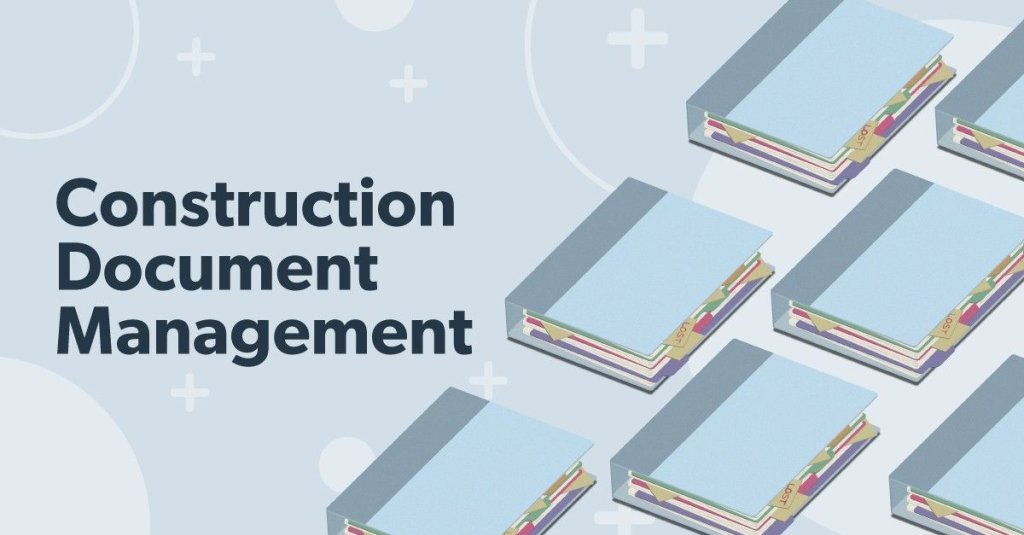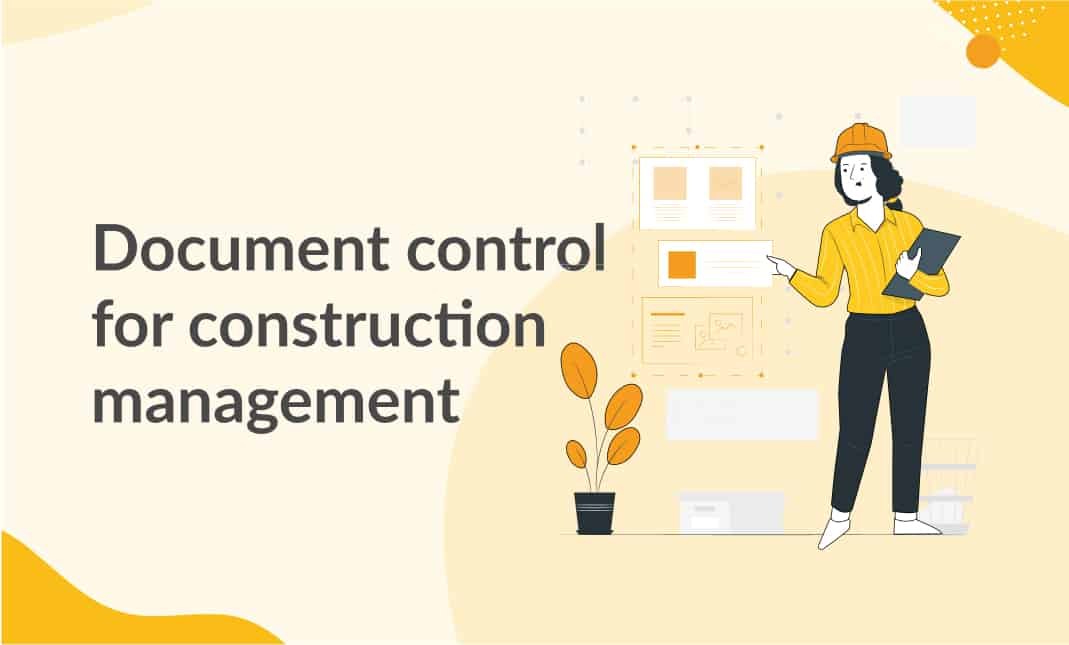Optimizing Task Partnership: Architect's Ideal Practices in Building Record Monitoring
In the elaborate realm of architectural projects, the effective management of building and construction files stands as a cornerstone for success. Designers, with their meticulous interest to detail and cutting-edge style remedies, are charged with orchestrating a harmony of timelines, resources, and stakeholders. Among this complexity exists a critical question: just how can architects simplify collaboration procedures to enhance project end results? By checking out key methods such as leveraging cloud-based platforms, developing robust interaction procedures, and ensuring information safety, architects can raise their document monitoring methods to brand-new elevations.
Leveraging Cloud-Based Platforms
By transitioning from standard paper-based systems to cloud remedies, architects can simplify partnership, improve paper ease of access, and boost general task effectiveness. This accessibility advertises seamless interaction and coordination amongst task stakeholders, leading to fewer mistakes and delays in the building and construction process.
In addition, cloud-based platforms give a protected setting for storing delicate task info, supplying file encryption, normal backups, and individual permission setups to shield data honesty. Designers can also take advantage of the scalability of cloud solutions, enabling them to readjust storage capability and functionality based on job requirements. Generally, leveraging cloud-based platforms equips engineers to optimize their building and construction document administration procedures, driving higher cooperation, effectiveness, and success in their tasks.
Executing Version Control Equipment
Having developed the benefits of cloud-based platforms in construction paper monitoring, architects can currently boost their document control procedures by applying Version Control Equipment. Variation Control Systems (VCS) are crucial tools that track adjustments in documents, making sure that group participants are constantly working with the most up to date and most precise details. By applying VCS, engineers can maintain a centralized repository where all job records are stored, making it possible for seamless partnership while lessening the threat of mistakes and version conflicts.
This function is particularly beneficial in building jobs where layout versions and modifications are typical. This transparency not just enhances liability however additionally assists in dealing with disagreements or inconsistencies that may develop throughout the job lifecycle.
Establishing Communication Methods
To make certain efficient and reliable project control, designers must establish clear and durable communication methods within their construction file management processes. Interaction protocols define the techniques, regularity, and channels whereby staff member exchange info, updates, and responses. One important element of developing these protocols is identifying a central interaction system where all project-related conversations and record sharing can take place. This platform might be a task monitoring software, email strings, or cloud-based storage space remedies. By setting guidelines on how information is distributed and exactly how staff member communicate with each other, designers can simplify the circulation of information and protect against miscommunications or delays in the construction process.
In addition, interaction procedures must likewise include guidelines on exactly how to deal with disputes, change orders, and urgent issues that might emerge throughout the job lifecycle. Establishing a structured approach to interaction makes certain that all stakeholders get on the exact same page, advertises openness, and eventually contributes to the effective conclusion of the construction task.
Using BIM Software Application for Coordination
BIM software program plays a crucial function in enhancing control amongst project group find this members in the building and construction market. Building Details Modeling (BIM) promotes partnership by supplying a centralized system where architects, designers, specialists, and other stakeholders can interact in a worked with way. Via BIM software application, task participants can access and upgrade a common design which contains in-depth information regarding the structure style, building and construction elements, and task schedules.

Additionally, BIM software makes it possible for real-time partnership and communication amongst team participants, regardless of their physical location. Via cloud-based BIM platforms, task stakeholders can access the most current project details, track modifications, and make informed choices quickly. In general, leveraging BIM software for sychronisation enhances project performance, efficiency, and inevitably leads to successful job outcomes.
Ensuring Information Safety and Conformity
In the realm of construction paper management, securing information stability and making certain regulatory conformity are paramount considerations for engineers and various other job stakeholders. Engineers should apply robust safety actions to protect sensitive task details from unauthorized gain access to or violations. Making use of secure cloud storage options with security protocols and access controls can assist alleviate threats connected with data theft or loss. Consistently updating software and systems, conducting safety and security audits, and supplying team training on information protection best practices are vital action in preserving a protected environment for construction file management.

Verdict
To conclude, architects can enhance task partnership in building and construction file monitoring by leveraging cloud-based platforms, carrying out version control systems, developing interaction procedures, making use of BIM software for sychronisation, and guaranteeing information security and compliance. These official site ideal practices assist simplify the construction procedure, boost communication among job stakeholders, and boost effectiveness in task delivery. By complying with these standards, architects can efficiently take care of building and construction records and help with effective task results.
Through BIM software application, project individuals can access and upgrade a common design that contains detailed details regarding the structure layout, construction components, and project routines.
With cloud-based BIM platforms, job stakeholders can access the newest job info, track modifications, and make notified decisions quickly - construction document management. In general, leveraging BIM software application for sychronisation improves project efficiency, productivity, and ultimately leads to effective task end results
In verdict, engineers can enhance job collaboration in construction document monitoring by leveraging cloud-based systems, carrying out version control systems, establishing interaction procedures, using BIM software for coordination, and making certain information safety and compliance. These finest practices aid enhance the building process, boost communication among task stakeholders, and improve efficiency in task delivery.